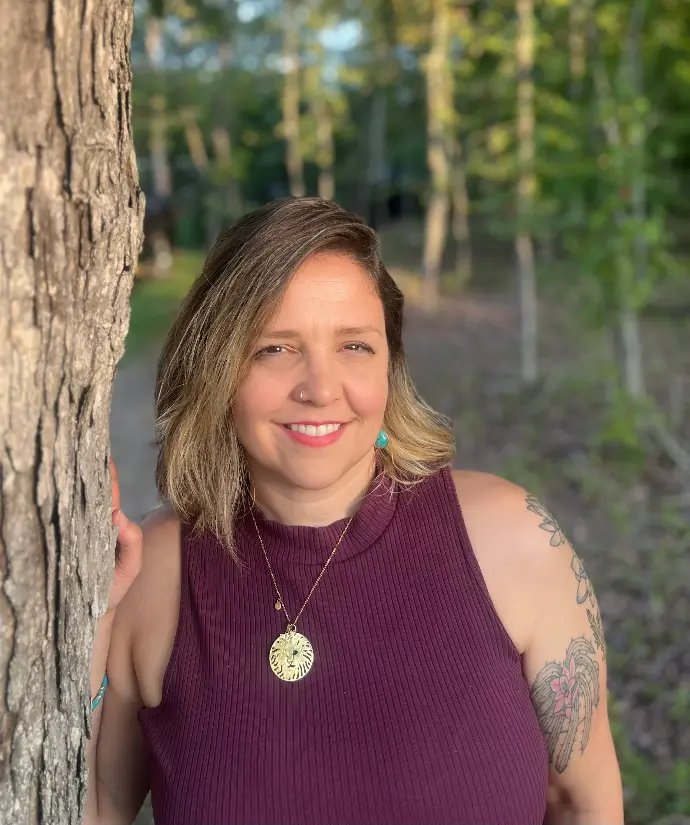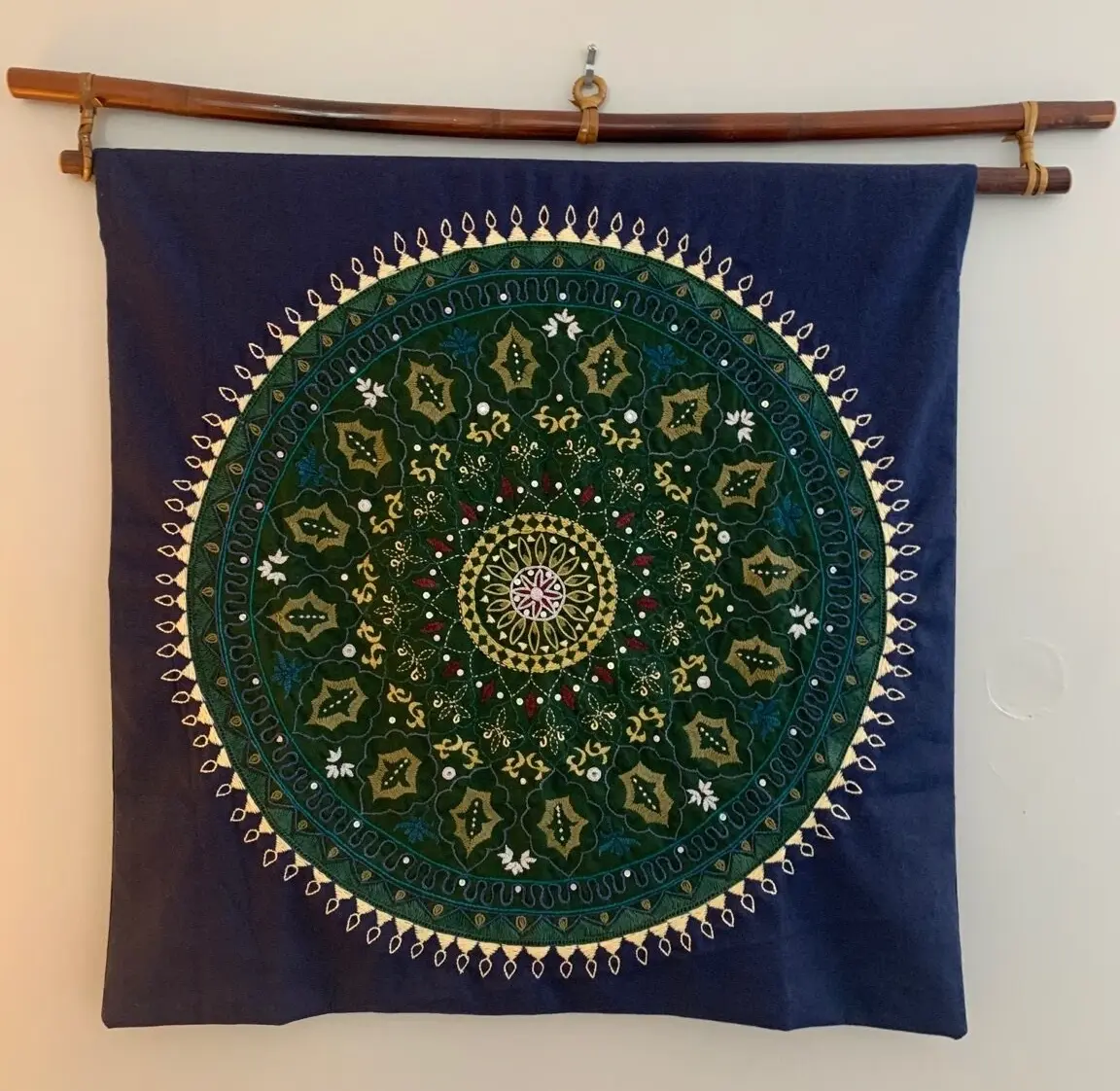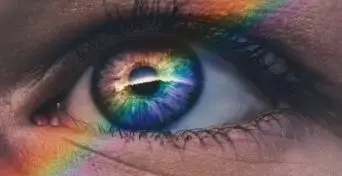Explore your inner self
Your psyche already knows what it needs. We'll use GIM and other creative practices to help you step outside your racing thoughts, and allow you to explore and integrate what is hidden within.
For many people, the typical psychotherapy model has achieved as much as it can. Many of our traumas and motivations are difficult to access verbally. The work of therapy can be held back by our logical reasoning.
The Bonny Method of Guided Imagery and Music (GIM) involves the process of "traveling" through your inner wilderness of imagery, emotion, symbols, body sensations, and story within the psyche, with the support of classical and contemporary research-based music programs. The therapist and music (as co-therapist) serve as a guide to the individual traveler.
Let's get outside the box
Benefits of GIM
Integrate parts
GIM brings together mental, emotional, physical and spiritual aspects of well-being
Awaken creativity
Journey through metaphorical imagery experiences that can tap into a deeper creativity
Expand consciousness
Exploration of alternative states of consciousness, similar to meditative, hypnotic, or dream states
Gain new perspectives
Challenge and reinforce your sense of self and what is possible in your future
What to expect from a GIM session
Sessions last up to 90 minutes
Discussion about your current concerns or feelings, goal-setting, and guided relaxation.
music
experience
Typically using "the couch," as with psychoanalysis, you'll listen to music and express the imagery that comes up. I'll support and enhance your imagery experiences.
Gentle return from the deepened state with facilitated grounding.
Reflective discussion to support integrating the experience with your conscious awareness. This can include other expressive activities, such as drawing.
Ready to get started?
Safety
My first goal as a therapist is to provide a space of acceptance and safety. I am a member of the LGBTQI+ community and I emphasize the importance of BIPOC, queer, trans and neurodivergent affirming practices.


Why trauma therapy?
"Trauma" can be a loaded word and difficult to accept as our own experience, especially when we can think of so many worse things that humans can experience. I believe our minds and bodies hold stories of our past, and to live our fullest and most rewarding lives, we have to know, feel, and make peace with those stories. I believe that those "surprise" emotional moments that we can't quite understand -whether it's a shut-down response, panic, rage, fear of abandonment - are all connected to unresolved emotions and early life experiences. You may be considering trauma therapy for the first time, or perhaps you have only used traditional talk therapy to address trauma and don't feel it is enough. Through evidence-based and creative practices, I believe exploring your "inner wild" can lead to a healthier, happier, and more integrated you.

EMDR
Eye Movement Desensitization Reprocessing helps people recover from trauma and other distressing life experiences, including PTSD, anxiety, depression, and panic disorders.
Read more
Guided Imagery & Music
Guided Imagery and Music (Helen Bonny Method) involves the process of "traveling" through your inner wilderness of imagery, emotion, symbols, body sensations, and story within the psyche, with the support of classical and contemporary research-based music programs. The therapist and music (as co-therapist) serve as a guide to the individual traveler.

Consultation
State-required supervision to pre-professionals, as well as EMDR consultation for certification.
Read more